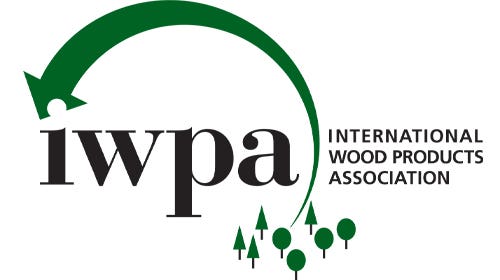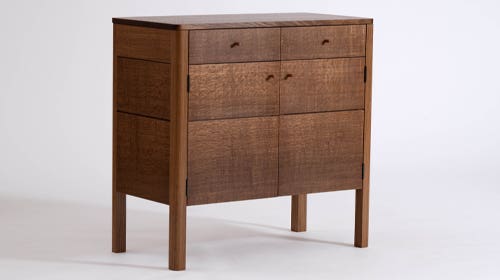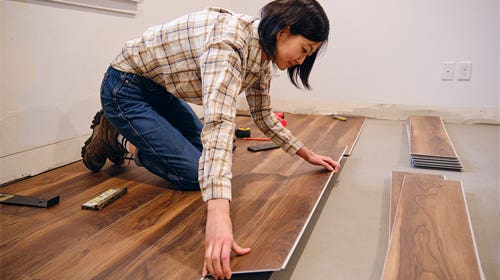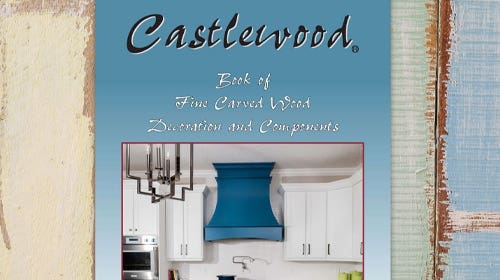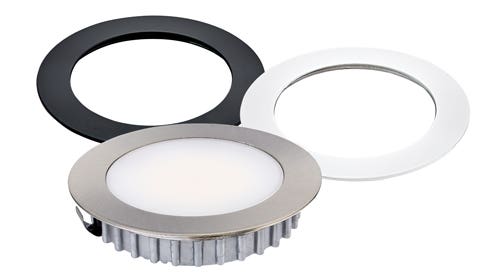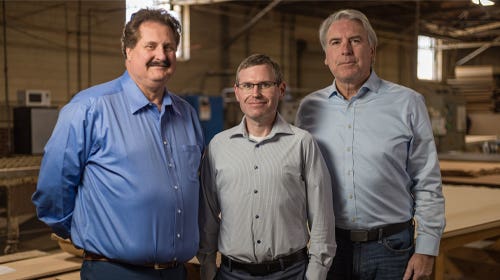Sales of yellow birch remain lackluster
There are a few domestic species that just plod along at the retail level, with a few sales here and a few sales there. Yellow birch has been a member…
There are a few domestic species that just plod along at the retail level, with a few sales here and a few sales there. Yellow birch has been a member of that group for several years now, and there’s little indication the situation will change in the near future. A number of dealers report yellow birch users have switched their allegiance to soft maple.
“We carry the natural yellow birch,” says Jerry Anton of O’Shea Lumber Co., a large wholesaler in Glen Rock, Pa. “Birch hasn’t been very popular. We’ve seen a little increase lately, but that’s from like nothing to something. It’s been [mostly] soft and hard maple, and birch hasn’t been much of a player for us. It’s probably been the same for at least two or three years.”
Yellow birch (Betula alleghaniensis) has a growth range from New England to North Carolina, the Great Lakes region and central and eastern sections of Canada, reaching heights of 85' with trunks 2' in diameter. Yellow birch is a slow-growing tree with only a two-month growing season. It is also referred to as gray birch, silver birch, hard birch or swamp birch.
Yellow birch is often sold as natural birch, which is a mix between its reddish-brown heartwood and white sapwood. Some wholesalers and retailers select for just sapwood or heartwood. The sapwood is referred to as white birch, and the heartwood as red birch. Sapwood can be stained to match the heartwood. Yellow birch is usually sold as Select & Better instead of FAS.
“We have a couple of cabinet shops that use it,” says Jeff Schucker, a retail and wholesale dealer with Bailey Wood Products in Kempton, Pa. “Some of the people that I deal with like the Canadian white birch, which doesn’t tend to grow as long. You get shorter lengths and narrower widths, but it does match the plywood closer, and they’re telling me it doesn’t tear out as quickly as the yellow birch.
“It’s mostly for cabinetry; I don’t really have any guys that use it for furniture. We had one guy who was using it for architectural millwork. That was our biggest sale in the last five or six months.”
Yellow birch rates as a good steam-bending wood and takes paint and stain well. The wood usually has a straight grain, fine texture and is very heavy and strong with similar properties to hard maple.
“I carry 4/4, but just do small sales of it,” reports Bob Hansen, owner of Badger Hardwoods of Wisconsin, a retailer in Walworth, Wis. “The guys that were buying it are going to the soft maple, we’ve been selling a lot of that. A few people I’ve talked to say they don’t like the splintering of the birch.
“Our stuff has been 80 to 90 percent white, yet we don’t buy it select so that keeps the price down.”
Retail prices for 100 bf of kiln-dried, 4/4 Select & Better yellow birch, surfaced on two sides, ranged from $3.45 to $4.20/bf in the Northeast; $3.50 to $4.35/bf in the South; $3.55 to $4.45/bf in the Midwest; and $5.25 to $6.55/bf in the West.
Wholesale prices for 1,000 bf of kiln-dried Select & Better yellow birch ranged from $3,000 to $3,400/mbf in the Northeast; $3,150 to $3,445/mbf in the Southeast; and $3,250 to $3,500/mbf in the Midwest. No wholesale prices were available in the West.
This article originally appeared in the October 2008 issue.


